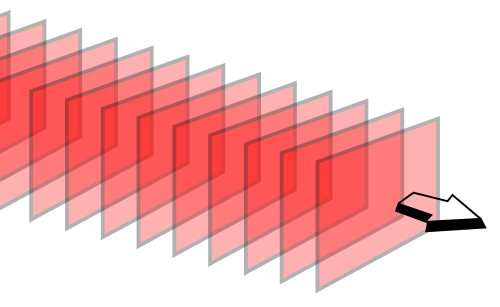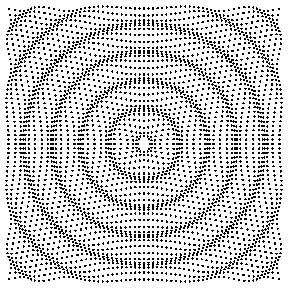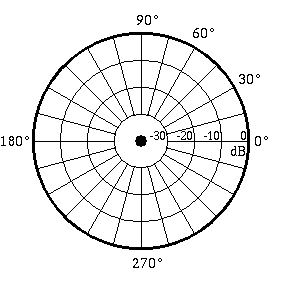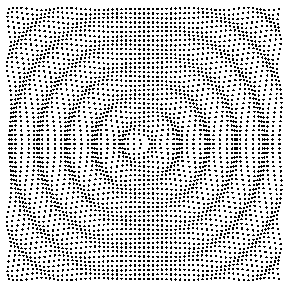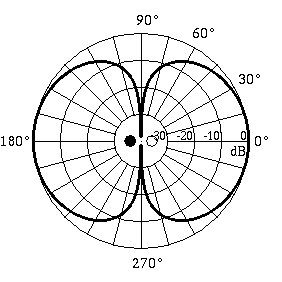- As any wave, sound wave is described by velocity that
is determined by the medium, frequency , wavelength
and amplitude ( and intensity )
- Frequency f is especially important since
human ear is sensitive to a specific range of frequencies, 20-20000 Hz
(typically losing high frequencies with age). Frequency is perceived
as a pitch
- Amplitude A contribute to loudness of the sound
- In contrast, the wavelength λ is not directly
registered by a hearing appartus. It is not what you hear !
|
|


